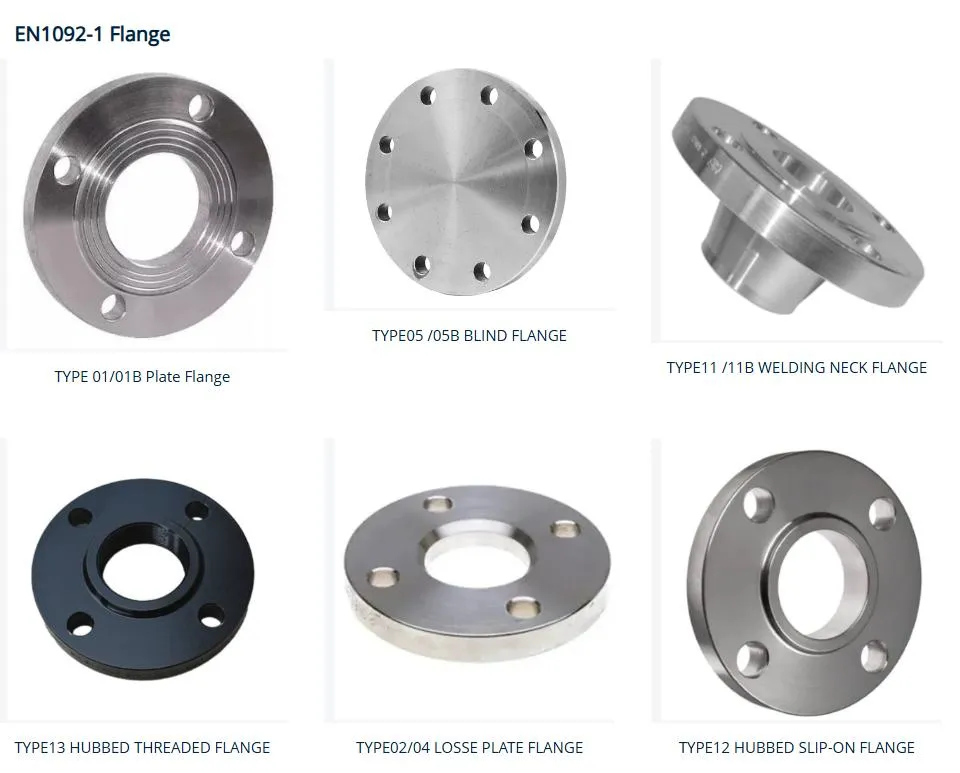-
Cangzhou Yulong Steel Co., Ltd.
-
Phone:
+86 13303177267 -
Email:
admin@ylsteelfittings.com
- English
- Arabic
- Italian
- Spanish
- Portuguese
- German
- kazakh
- Persian
- Greek
- French
- Russian
- Polish
- Thai
- Indonesian
- Vietnamese
- Zulu
- Korean
- Uzbek
- Hindi
- Serbian
- Malay
- Ukrainian
- Gujarati
- Haitian Creole
- hausa
- hawaiian
- Hebrew
- Miao
- Hungarian
- Icelandic
- igbo
- irish
- Japanese
- Javanese
- Kannada
- Khmer
- Rwandese
- Afrikaans
- Albanian
- Amharic
- Armenian
- Azerbaijani
- Basque
- Belarusian
- Bengali
- Bosnian
- Bulgarian
- Catalan
- Cebuano
- China
- China (Taiwan)
- Corsican
- Croatian
- Czech
- Danish
- Esperanto
- Estonian
- Finnish
- Frisian
- Galician
- Georgian
- Kurdish
- Kyrgyz
- Lao
- Latin
- Latvian
- Lithuanian
- Luxembourgish
- Macedonian
- Malgashi
- Malayalam
- Maltese
- Maori
- Marathi
- Mongolian
- Myanmar
- Nepali
- Norwegian
- Norwegian
- Occitan
- Pashto
- Dutch
- Punjabi
- Romanian
- Samoan
- Scottish Gaelic
- Sesotho
- Shona
- Sindhi
- Sinhala
- Slovak
- Slovenian
- Somali
- Sundanese
- Swahili
- Swedish
- Tagalog
- Tajik
- Tamil
- Tatar
- Telugu
- Turkish
- Turkmen
- Urdu
- Uighur
- Welsh
- Bantu
- Yiddish
- Yoruba

Dec . 17, 2024 19:17 Back to list
galvanized pipe rusting inside
Understanding Rust Formation in Galvanized Pipes
Galvanized pipes are widely recognized for their durability and corrosion resistance, thanks to the coating of zinc that protects the steel beneath. However, despite this protective layer, rust can still form inside galvanized pipes over time. This phenomenon poses significant concerns for both residential and commercial plumbing systems, as it can lead to decreased water quality, reduced water flow, and eventual leaks or ruptures. This article delves into the factors contributing to rust formation in galvanized pipes, the implications for homeowners, and possible solutions to mitigate the problem.
What are Galvanized Pipes?
Galvanized pipes are steel pipes that have been coated with a layer of zinc to prevent rust and corrosion. This galvanizing process involves dipping the steel in molten zinc, forming a protective barrier against moisture and oxygen, which are essential for rust formation. As a result, galvanized pipes were commonly used in plumbing systems from the 1920s until the 1980s. While they are still found in some older buildings, newer materials like PVC and PEX have largely replaced them due to advancements in technology.
Causes of Rust Formation in Galvanized Pipes
Despite the protective zinc layer, several factors can contribute to rusting inside galvanized pipes
1. Corrosion Over Time The protective zinc coating can wear away due to various factors, including water chemistry, physical abrasion, and the age of the pipes. Over time, as the layer degrades, the underlying steel is exposed to moisture, leading to corrosion.
2. Water Quality The composition of the water that flows through the pipes plays a significant role in rust formation. Water with high acidity or alkalinity, for instance, can accelerate the corrosion process. Additionally, the presence of certain minerals, such as calcium and magnesium, can contribute to scale buildup, which can trap moisture and promote rusting.
3. Stagnant Water Water that remains stagnant in the pipes can lead to rust formation. When water does not flow consistently, it increases the likelihood of sediment accumulation, along with a lack of oxygen, which is essential for preventing corrosion.
4. Temperature Changes Fluctuations in temperature can cause condensation to form on the inside of the pipes, particularly in colder climates. This moisture can promote corrosion, especially if it is allowed to persist for an extended period.
galvanized pipe rusting inside

Implications of Rust in Galvanized Pipes
The presence of rust in galvanized pipes can have several adverse effects. Rust can flake off and create blockages, leading to reduced water flow. Additionally, rust can leach into the water supply, potentially causing health concerns for those consuming the water. The corrosion process can also weaken the structural integrity of the pipes, increasing the likelihood of leaks and costly repairs.
Solutions to Mitigate Rust Formation
Homeowners with galvanized pipes can take several steps to address and mitigate rust formation
1. Regular Maintenance Periodic inspections and maintenance can help identify and address issues before they become significant problems. Homeowners should look for signs of rust or corrosion and consider replacing any damaged sections of piping.
2. Water Treatment Utilizing water treatment systems can help improve water quality, reducing acidity and hardness that contribute to rust formation. This can include installing water softeners or filters to remove harmful minerals.
3. Replacing Pipes If rusting and corrosion become significant, replacing galvanized pipes with modern materials like PEX or CPVC can be a proactive solution. These materials are resistant to rust and offer improved longevity.
4. Ensuring Adequate Water Flow Maintaining a consistent flow of water can help prevent stagnation within the pipes. Regular use and flushing out the system can reduce the risk of sediment buildup and rusting.
Conclusion
While galvanized pipes have served their purpose over the decades, understanding the risks of rust formation is essential for homeowners. By recognizing the factors that contribute to corrosion, taking preventive measures, and actively maintaining the plumbing system, it is possible to extend the lifespan of these pipes and ensure safe, high-quality water for all users.
Latest news
-
ANSI 150P SS304 SO FLANGE
NewsFeb.14,2025
-
ASTM A333GR6 STEEL PIPE
NewsJan.20,2025
-
ANSI B16.5 WELDING NECK FLANGE
NewsJan.15,2026
-
ANSI B16.5 SLIP-ON FLANGE
NewsApr.19,2024
-
SABS 1123 FLANGE
NewsJan.15,2025
-
DIN86044 PLATE FLANGE
NewsApr.19,2024
-
DIN2527 BLIND FLANGE
NewsApr.12,2024
-
JIS B2311 Butt-Welding Fittings LR/SR 45°/90° /180°Seamless/Weld
NewsApr.23,2024











